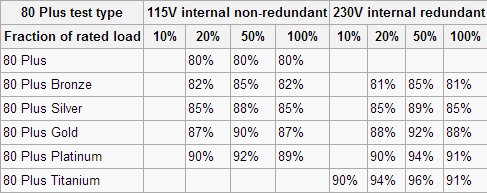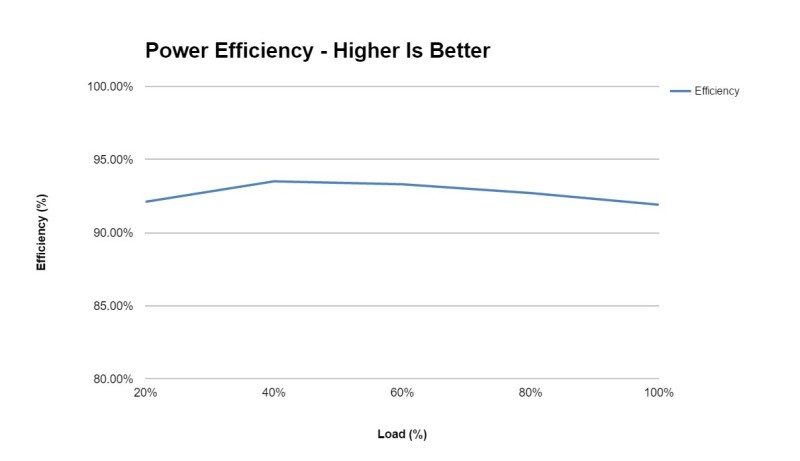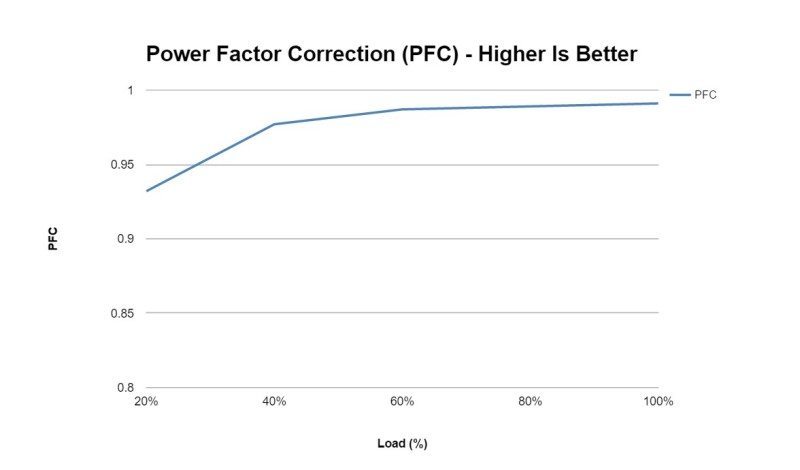be quiet! Dark Power Pro 11 550W Power Supply Review
Peter Donnell / 9 years ago
Efficiency, PFC and Voltage Regulation
Voltage Regulation
To test voltage regulation we load the power supply to five different load scenarios that give an equal spread of load across every single rail. So that means 20% on all rails, 40% on all rails and so on. We then calculate the average deviance of each rail from its expected voltage.

Due to the limitations of our load tester, we had to split the 12v rail across multiple “simulated” rails. Wow, these are simply some of the best results I’ve ever seen! The results are even better than the already impressive Dark Power Pro 11 1200W unit, although this is likely due to the same high-end hardware being used to deliver less wattage; I’ll be amazed if you can find another PSU that can do much better.
Power Efficiency
Power efficiency is measured by calculating actual supplied wattage divided by the wattage drawn at the wall/plug, multiplied by 100 to give a percentage. We then compare that to the particular 80 Plus certification the company claims to see if it meets that. You can see the 80 Plus certifications below, we always test 230v power supplies.


be quiet! promised 80 Plus Platinum and this power supply certainly delivered that with zero issues.
Power Factor Correction
Power Factor Correction is the ratio of the real power flowing to the load, to the apparent power in the circuit. The aim of PFC is to make the load circuitry that is power factor corrected appear purely resistive (apparent power equal to real power). In this case, the voltage and current are in phase and the reactive power consumption is zero. The closer the number to one the better as this allows the most efficient delivery of electrical power (Source – Wikipedia).
This is nothing short of amazing, just as we saw with the 1200W unit, near perfect PFC throughout.



















